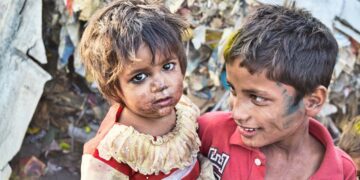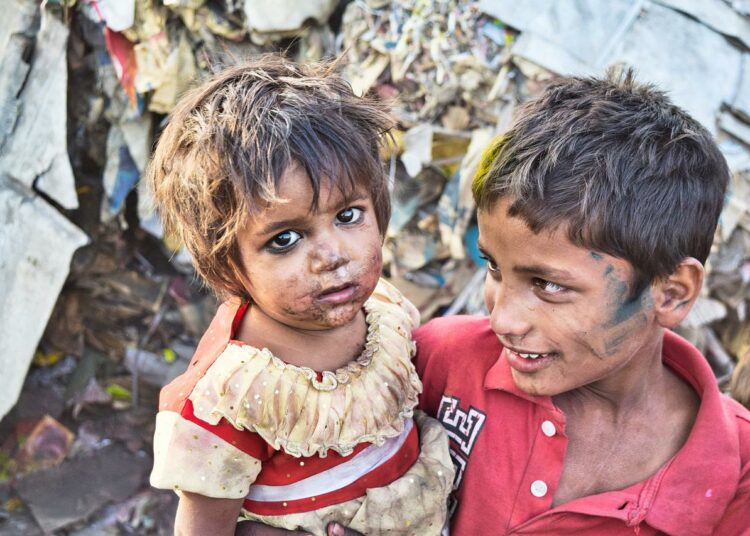There are reportedly 3 million people in India who belong to the transgender community, called hijras in the Hindi language, and they call themselves an oppressed sexual minority. In 2014, the Indian Supreme Court affirmed the existence of a “third gender” for the first time in a ruling that aimed to give these people legal status, protection from discrimination, dedicated schools, jobs and political visibility.
The demands of the LGBT+ community
Today, transgender persons in the Asian country complain about the difficulty of accessing hormone replacement therapies and surgeries needed to “transition.” State-run public hospitals are said to be uncooperative, and private hospitals, on the other hand, have excessively high financial demands. Sex change surgery can cost up to 7,500 euros, depending on which part of the country it is performed in; some hospitals perform the procedure at a lower price, but in large cities, such as Mumbai and Delhi, it is more expensive.
The government’s responses
The Transgender Persons (Protection of Rights) Act of 2019 actually states that “[…] the government is mandated to provide health facilities for transgender persons, including separate HIV surveillance centers and gender affirming surgeries. The act also states that the government must provide hormone therapy and counseling, both before and after surgery.” Then earlier this year, “[…] the government extended the benefits of the flagship health insurance program, called Ayushman Bharat, to transgender persons under a new scheme that includes support for gender affirmation therapy.”
Apparently, this is still not enough, however, and some transgender persons complain that it is a cumbersome process, as it involves registering at a portal to receive a nationally recognized “transgender certificate” and an ID card that allows access to surgeries.
Health care spending insufficient for children and new mothers
In the face of such interventions, which are economically burdensome for the state, it should be remembered that already in the pre-COVID era, the entire Indian health care system was collapsing, public health spending had been at a standstill since 2009, and the average annual per capita spending corresponded to “the cost of a pizza,” about 16 U.S. dollars. In the two-year peak of the pandemic crisis, India witnessed an almost total disruption of routine health care, as lamented by leading humanitarian groups, with thousands of young children, pregnant women, and new mothers at great risk. Even today, the population is still growing at a staggering rate, and as early as next year the country is expected to be the most populous in the world, ahead of even China. It seems clear that the allocation of health care spending should be as judicious as possible, benefiting especially the health of the youngest children.




















Discussion about this post